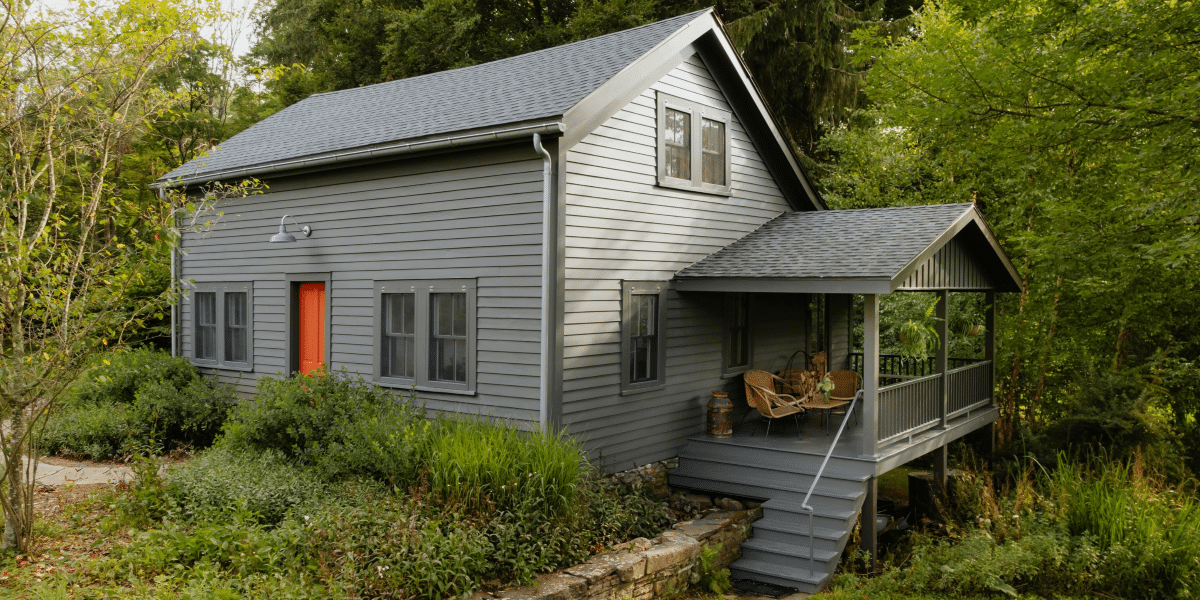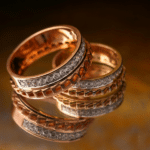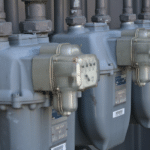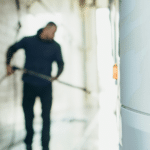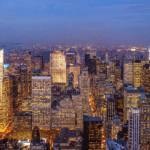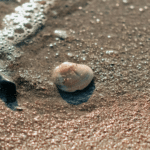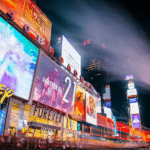When it comes to updating or building a new home, one of the most crucial decisions homeowners face is selecting the right exterior siding. The siding not only contributes to the aesthetic appeal of your house but also serves as an essential protective layer against the elements. Today, modern exterior siding options have evolved dramatically, offering homeowners a wide range of materials, textures, and finishes that can enhance both the durability and appearance of their homes.
In this comprehensive guide, we’ll explore various modern exterior siding options, their benefits, and how to choose the right one based on your preferences, climate, and budget.
1. Vinyl Siding: Durable, Low-Maintenance, and Versatile
Vinyl siding remains one of the most prevalent modern exterior siding options due to its affordability, variety, and ease of maintenance. Available in a wide array of colors and textures, including traditional clapboard and more modern, sleek styles, vinyl siding provides excellent weather resistance and durability.
Benefits:
- Affordability: Vinyl siding is one of the most cost-effective options on the market.
- Low Maintenance: It does not need painting and can be easily cleaned with a hose.
- Variety: Vinyl comes in a range of colors, textures, and profiles, including traditional, contemporary, and even wood-like finishes.
- Durability: Resistant to moisture, insects, and UV rays, vinyl siding can withstand harsh weather conditions.
While vinyl siding offers many benefits, it is worth noting that it can become brittle over time when exposed to extreme cold, and the material can fade under intense sun exposure. However, with proper installation and care, it remains a practical and stylish option for many homeowners.
2. Wood Siding: Classic Elegance with Modern Appeal
Wood siding has long been a staple in traditional and modern homes alike. It offers natural beauty and timeless appeal that many homeowners love. Modern wood siding options have advanced to incorporate various finishes and treatments that make it more durable and suitable for different climates.
Types of Wood Siding:
- Cedar: Known for its innate resistance to decay and insects, cedar siding provides an attractive, earthy look that fits both contemporary and rustic styles.
- Redwood: Another popular choice, redwood siding offers rich tones and excellent durability against the elements.
- Pine: Pine siding is often treated with preservatives to protect against rot and insects, making it a great choice for humid climates.
Benefits:
- Aesthetic Appeal: Wood siding offers a warm, organic look that blends beautifully with nature.
- Customizable: Wood can be painted, stained, or left to weather naturally, allowing homeowners to personalize the appearance of their homes.
- Insulation: Wood naturally provides a layer of insulation, helping to regulate indoor temperatures.
While wood siding is undeniably beautiful, it requires more maintenance compared to other materials. Regular sealing and painting are essential to protect it from moisture, insects, and UV rays. However, the charm and character wood brings to a home make it a worthwhile investment for many.
3. Fiber Cement Siding: The Best of Both Worlds
Fiber cement siding has surged in popularity in recent years, offering the aesthetic appeal of wood with the durability of other materials like vinyl or brick. Created from a mixture of cement, sand, and cellulose fibers, fiber cement siding is known for its resistance to rot, insects, and fire.
Benefits:
- Durability: Fiber cement is highly unsusceptible to rot, termites, and fire. It also stands up well against moisture and extreme temperatures.
- Low Maintenance: Unlike wood, it doesn’t require regular sealing or painting, although it may need touch-ups every 10-15 years.
- Variety of Styles: Fiber cement siding arrives in various finishes, including smooth, textured, and wood-like designs, offering homeowners flexibility in style.
- Environmental Benefits: Fiber cement is often created from renewable resources and can be recycled at the end of its lifespan.
One potential drawback of fiber cement is its weight. The material can be heavy, requiring professional installation to ensure proper handling and long-term performance. Despite this, fiber cement remains a top contender among modern exterior siding options for homeowners seeking durability and style.
4. Metal Siding: Industrial Meets Modern
Metal siding is gaining traction in the modern home design world, especially for those seeking an industrial or minimalist look. Steel and aluminum are the most generally used metals for exterior siding, each offering its own set of advantages.
Benefits:
- Durability: Metal is highly resistant to weather, pests, and fire. Steel, in particular, is robust and can last a lifetime with minimal maintenance.
- Low Maintenance: Metal siding requires little upkeep. Unlike wood, it doesn’t need to be painted regularly and is impervious to rot.
- Energy Efficiency: Some metal siding products feature reflective coatings that can help reduce cooling expenses by reflecting heat away from the house.
- Sleek, Modern Look: Metal siding offers a clean, contemporary aesthetic that works well with modern architecture.
The primary disadvantage of metal siding is its susceptibility to dents and scratches. Hailstorms or heavy impacts can cause damage to the surface, which may require repairs. Additionally, some homeowners find the appearance of metal siding too cold or industrial, so it may not be suitable for every home.
5. Stucco Siding: Timeless, Mediterranean-Inspired Charm
Stucco has long been associated with Mediterranean-style homes, but its timeless allure has made it a popular choice for many modern exteriors. Made from a mixture of sand, cement, and lime, stucco is known for its textured finish and ability to withstand extreme weather conditions.
Benefits:
- Durability: Stucco is highly durable and can endure for decades with proper care. It’s resistant to fire, rot, and pests.
- Energy Efficiency: The thick texture of stucco helps with insulation, keeping homes cooler in the summer and warmer in the winter.
- Aesthetic Versatility: Stucco can be textured in various ways to create different looks, from smooth and polished to rough and rustic.
- Low Maintenance: Once applied, stucco requires minimal maintenance, though it may need occasional repairs if cracks develop.
However, stucco can be prone to cracking, especially in areas with significant temperature fluctuations or seismic activity. In addition, professional installation is crucial to ensure a smooth, uniform finish and prevent moisture infiltration.
6. Brick Siding: Timeless Strength with a Classic Look
Brick siding is a classic choice that continues to be a popular modern exterior siding option, especially for traditional-style homes. Made from fired clay, brick siding offers a rustic yet refined look that stands the test of time.
Benefits:
- Durability: Brick is incredibly strong, fire-resistant, and requires very little maintenance.
- Curb Appeal: The appearance of brick adds significant value and visual interest to a home.
- Insulation: Brick is naturally insulating, helping to regulate indoor temperatures and reduce energy costs.
Despite its many benefits, bricks can be expensive to install and may require skilled assistance to ensure proper placement. Additionally, while it is low-maintenance, brick can stain over time and may need occasional cleaning.
7. Concrete Siding: Modern, Bold, and Durable
Concrete siding is a newer option that’s gaining popularity among modern homes for its durability and versatility. This siding is often created in panels or boards and offers the ability to achieve a sleek, industrial look.
Benefits:
- Durability: Concrete is resistant to fire, rot, insects, and extreme weather conditions.
- Customization: Concrete siding can be molded into different textures and colors, allowing for unique design options.
- Low Maintenance: Concrete requires the tiniest upkeep and is resistant to fading and wear.
However, concrete siding can be more expensive than other materials, and its weight means that professional installation is often necessary. Additionally, it may not be suitable for all climates, particularly those with high humidity or freezing temperatures, as the material can crack under extreme conditions.
8. Composite Siding: Innovative and Sustainable
Composite siding is a relatively new and innovative option that combines various materials like wood fibers, cement, and plastic to create a highly durable, sustainable siding solution. It’s often designed to mimic the look of natural wood, providing homeowners with the best of both worlds.
Benefits:
- Sustainability: Many composite siding products are made from recycled materials and are themselves recyclable, making them an eco-friendly option.
- Durability: Composite siding is resistant to moisture, rot, and insects, offering long-lasting protection for homes.
- Low Maintenance: Unlike wood, composite siding doesn’t require regular painting or sealing.
However, composite siding can be more pricey than other options, and some lower-quality products may not have the same longevity or finish as higher-end brands.
Conclusion: Choosing the Best Modern Exterior Siding for Your Home
Selecting the right modern exterior siding options for your home depends on a variety of factors, including your budget, climate, aesthetic preferences, and desired maintenance level. From the classic charm of wood and brick to the sleek industrial feel of metal and concrete, there is no shortage of materials to choose from.
Consider the pros and cons of each material, keeping in mind how they will complement your home’s architectural style and environmental conditions. Whichever option you choose, investing in quality siding will not only enhance the appearance of your home but also protect it for years to come.
Published by: Annie P.


